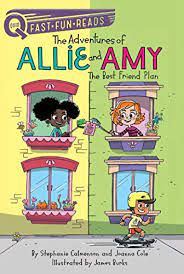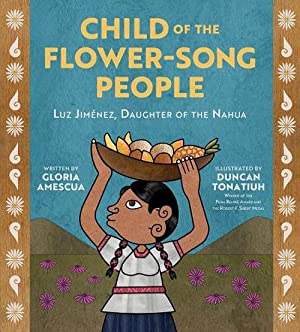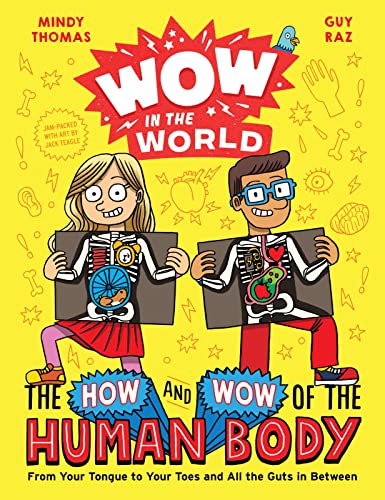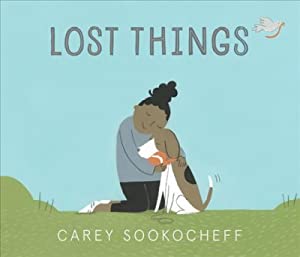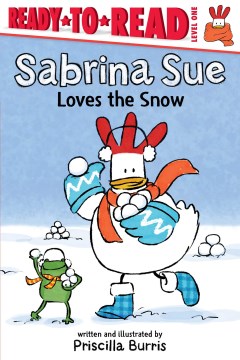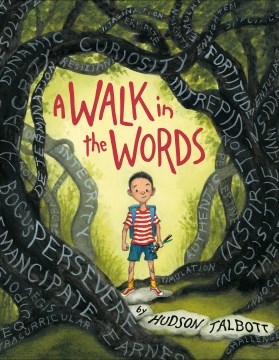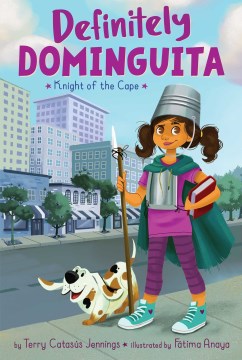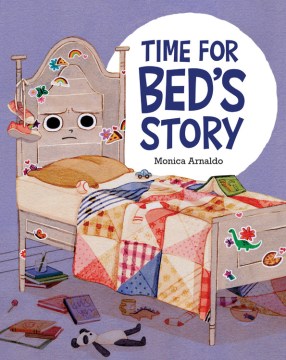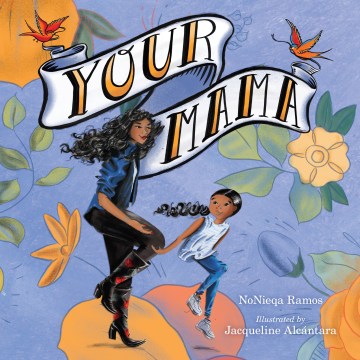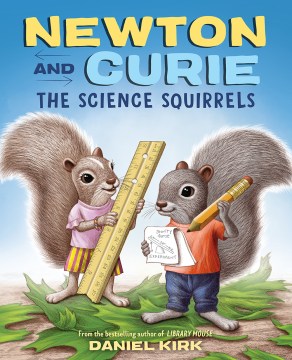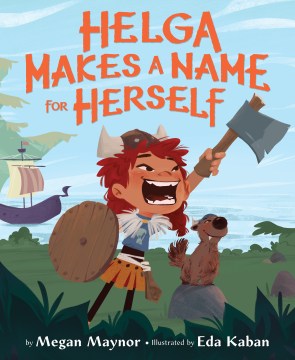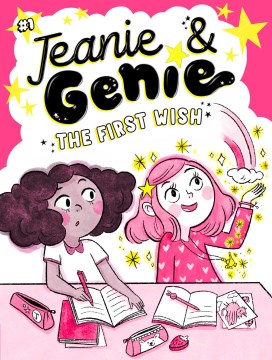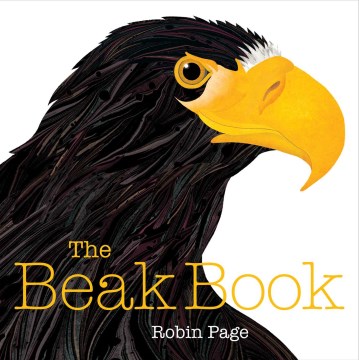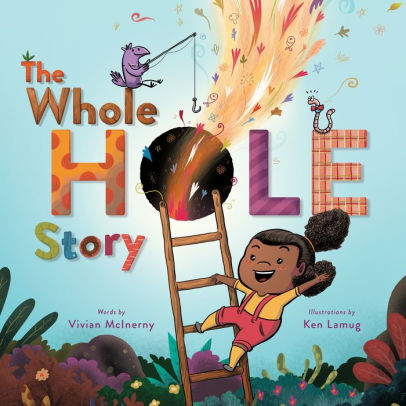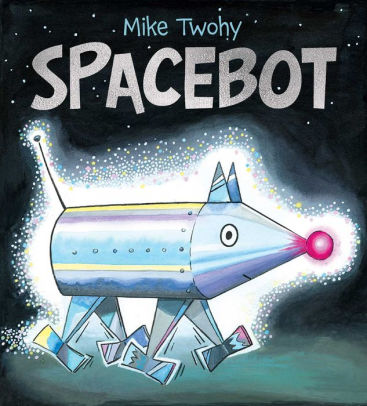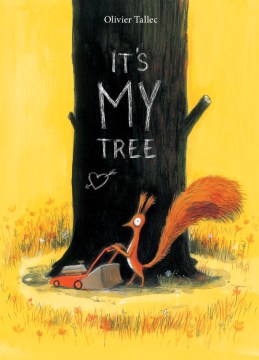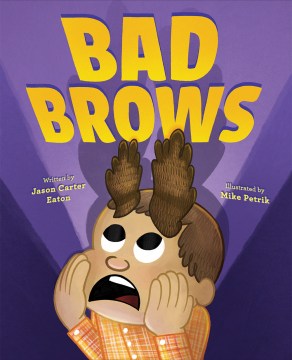
Miss Mallard is in Paris visiting her nephew, Inspector Willard Widgeon. They decide to go to the theater performance of Claudine, granddaughter of family friend (and retired performer) Lily Pilet. In her day, Lily was a famous dancer, who was even rumored to be courted by royalty and showered with jewels. They are especially excited to see Claudine’s recreation of Lily’s famous “Rain of Light” dance. Claudine enters the stage and is swept up and ducknapped! Fortunately, Miss Mallard and Willard quickly discover her tied up in the attic of the theater. Unfortunately, they also discover that her dressing room has been ransacked by the ducknappers.
Upon further discussion, Claudine tells them that her grandmother sent her her bejeweled costume for the show. This costume is studded with real gems. Lily has some later misgivings and sends her a reproduction of the costumer and asks Claudine to hide the real one. Claudine has a claim ticket for the suitcase with the costume, which is at the railroad station. The problem? The ticket is torn and only Claudine’s assistant, Marie, knows the station name. A rush through all the major Paris landmarks ensues and they find Marie in a cafe. They “hatch” a plan to catch the thieves with a fake suitcase and claim ticket before retrieving the real bejeweled costume and their plan works. The thieves/ducknappers are apprehended and the valuable costume is back with Claudine.
This book is intended for those students that are ready to move on from picture books to early chapter books. The font is large and there are numerous half page illustrations. There is also a glossary and question page in the back of the book. The only sticking point of this story is the unfamiliar setting (Notre Dame, Montmartre, Eiffel Tower, etc.) of Paris. Young readers might become bogged down a bit, instead of just enjoying the story. Otherwise, this is nice stepping stone to chapter books.

